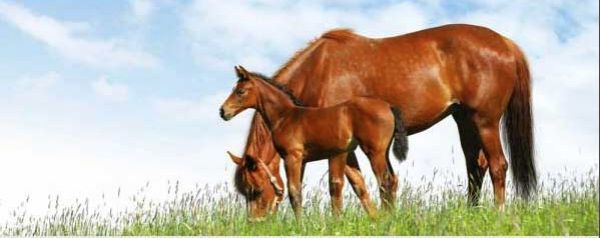|
With many farms soon joining their autumn calving cattle, have you considered why short joining periods are important to your herd?
Shorter joining periods reduce the age difference in the herd. At the end of the day, you are paid for beef weaned, not the number of cows pregnant every year. Tight joining periods produce even lines of animals for sale, and maximise the kilograms of beef for sale.
For the cows, long calving patterns reduce the period of time from calving to joining for many cows, which in turn reduces the number of early pregnancies in the joining period, resulting in a large calving spread.
For replacement heifers, tight calvings allow more time to grow out before their first mating. When more heifers meet critical mating weights, more heifers will fall pregnant in that joining. This results in these heifers calving at greater weights, and subsequently being more fertile at their second joining.
Short calving periods also reduce the risk of scours, as environmental contamination is reduced.
6 tips for reducing your joining period
- In southern beef enterprises, aim for a 9 week joining in cows and 6 weeks in heifers
- If attempting to reduce your joining period, do so slowly by shaving 1-2 weeks off the cows' calving period every year. Provided heifers meet critical mating weights, heifer mating period can be reduced quickly.
- 2% bull power is optimal in southern beef enterprises. However if running below 100 breeders, still run 2 bulls.
- Bulls should undergo a BULLCHECK™
- Major reproductive diseases should be controlled – Bovine Viral Diarrhoea Virus, leptospirosis and vibriosis.
- Pregnancy test using PREgCHECK™ accredited vets. Pregnancy testing should be performed 6 weeks after the bulls are out of the herd. This allows the best foetal aging, which enables you to cull empties and potentially late calvers.
|
